Let’s delve into the hot topic in the world of culinary appliances – induction cooktop vs gas cooktop. This head-to-head comparison covers all the essential factors like safety, proficiency in cooking techniques, energy efficiency, cleanup, and cost. We’ll highlight the specific benefits of each variety of cooktop. We’ll also talk about what we use in the PIATTO™ studio when filming our cooking videos. Finally, we’ll wrap up with an innovative solution to combine the best of both worlds.
Safety: The Induction Cooktop is Top
When safety is at stake, induction cooktops come out on top. These cooktops—such as the Bosch cooktop we have in our Italian kitchen (affiliate link)—rely on magnetic fields to generate heat directly in the pot or pan. This means the cooktop surface stays cool to the touch, drastically reducing the risk of burns. In contrast, gas stoves use open flames. This leads to higher burn risks and potentially releasing small amounts of harmful gases into your kitchen.
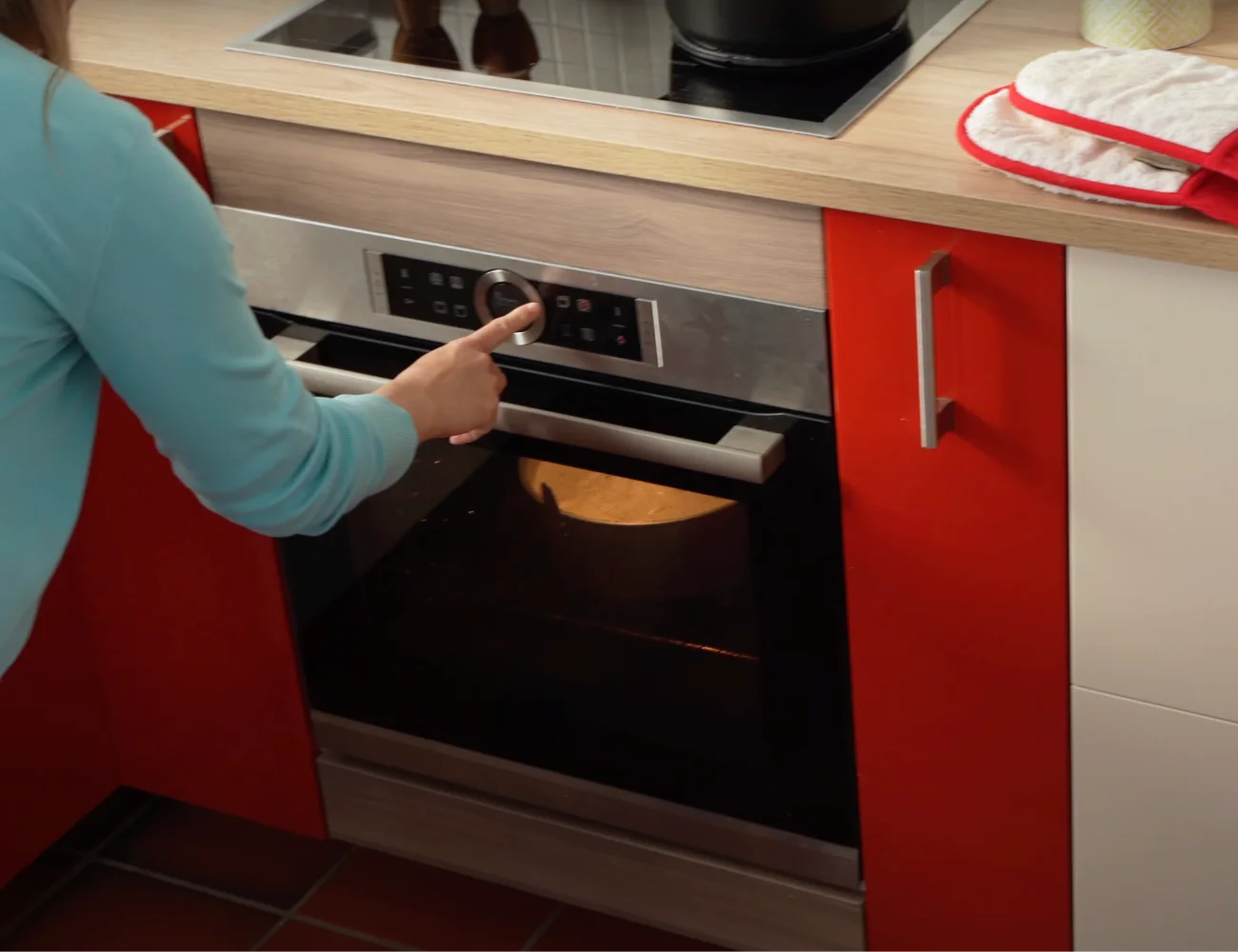
Regarding induction cooktops, they come with a built-in safety measure that is particularly effective – the automatic switch-off. Induction cooktops like the Bosch only generate heat when they’re in contact with the right kind of cookware. Remove the pot or pan, and the cooktop switches off, thus eliminating any worry about accidentally leaving the stovetop on. Additionally, as the heat is generated directly in the cookware, there are no open flames or hot elements. This reduces the risk of accidental burns.
Gas Cooktop Safety
On the other hand, gas cooktops traditionally posed a higher risk, especially with the concern of gas leaks when the stovetop is inadvertently left on. However, many modern gas cooktops now come with safety enhancements. They feature automatic re-ignition if the flame goes out and knobs with safety locks to prevent unintended turning. Some models even offer a “flame failure” feature, which cuts off the gas supply if the flame extinguishes unexpectedly.
Yet, it’s worth noting that with gas stovetops, the risk of burns remains. This is because the cooking surface stays hot for a while after usage, and there are open flames involved during the cooking process. Therefore, while safety measures have certainly improved, constant supervision and caution are necessary when operating gas stovetops. Be cautious especially in homes with young children or elderly individuals.
In summary, both induction and gas cooktops have made strides in incorporating safety features. However, induction cooktops, due to their inherent design and functioning, tend to provide an extra layer of safety. This makes them an attractive option for households requiring higher safety considerations—such as those with children or elderly family members.
Cooking Techniques: Traditionalists Usually Choose Gas
Switching gears to the culinary aspect, both gas and induction cooktops have their distinct strong suits. For the traditionalist chefs who rely on old-school methods like simmering, sautéing, and stir-frying? Gas cooktops provide superior control over heat intensity and instant visual feedback.
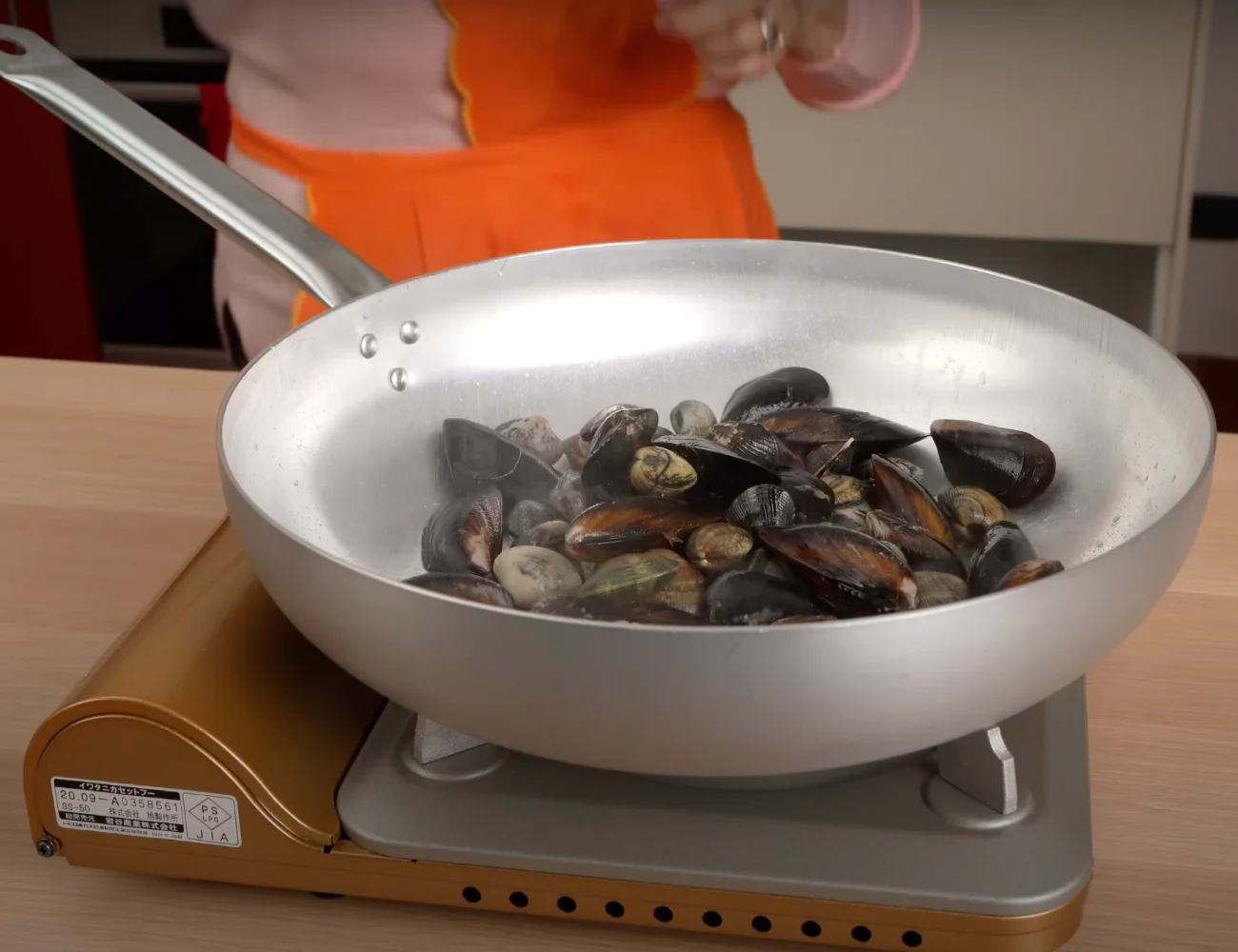
On the flip side, induction cooktops are a match made in heaven for modern cooking techniques requiring rapid heating and cooling. For instance, the Bosch induction cooktop can bring water to a boil or sear a piece of meat at lightning speed. Their instant heat adjustability and uniform cooking surface mean less chance of food sticking or burning.
Here are some specific tasks to consider:
Gas Cooktops: Cooking Advantages
When you adjust the flame on a gas cooktop, you can see the change immediately, which is why many professional chefs prefer gas (affiliate link). The consistent and even heat provided by the flame makes it ideal for various cooking techniques such as…
- Basting and Searing: Basting is easier with a gas cooktop. When you tilt the pan to gather juices or sauce for basting, the pan remains in contact with the flame, maintaining a consistent heat. Check out our Italian steak recipe for an example!
- Crepe-Making and Wok Cooking: The design of a gas burner is conducive to tasks that require moving the pan around, such as spreading batter for crepes or stir-frying in a wok. The heat remains constant, regardless of where the pan is positioned over the flame.
- Reaching the Edges: When it comes to heating the edges of a larger pan, gas cooktops definitely have an advantage. The flame of a gas burner can envelop the bottom of a larger pan, including the sides, leading to more even heat distribution. This is especially beneficial when using large pans for tasks such as sautéing or making sauces, as it ensures that food cooks evenly across the entire surface of the pan, not just in the center.
In contrast, the design of induction cooktops means the cookware must remain in contact with the surface for the heat to be consistent. When you tilt a pan for basting or move it around as you might when making crepes, the heat supply can be disrupted. Also, if you’re using a large pan on a smaller induction burner, the heat won’t reach the outer edges of the pan as effectively. This can lead to uneven cooking, with the food in the center of the pan cooking faster than the food near the edges.
Induction Cooktops: Cooking Advantages
Induction cooktops offer high-speed, energy-efficient cooking. They can boil water faster than gas and maintain a steady simmer better.
- Sensitive Cooking: On the plus side, induction cooktops excel in tasks that require sensitive heat control, such as melting chocolate or preparing delicate sauces. They can maintain extremely low and steady heats without the risk of burning or scorching.
- Fast Water Boiling: The ‘boost’ function on induction stovetops like our Bosch make heating water (for boiling pasta for instance) a much faster process (affiliate link).
In summary, while both induction and gas cooktops have their own unique strengths and weaknesses, your cooking style and the techniques you use most frequently should guide your choice. If you frequently use techniques that require precise control over heat, or if you frequently move your pan around, a gas cooktop might be the best choice. However, if speed and energy efficiency are more important to you, or if your cooking involves more delicate, low-heat tasks, an induction cooktop may be a better fit.
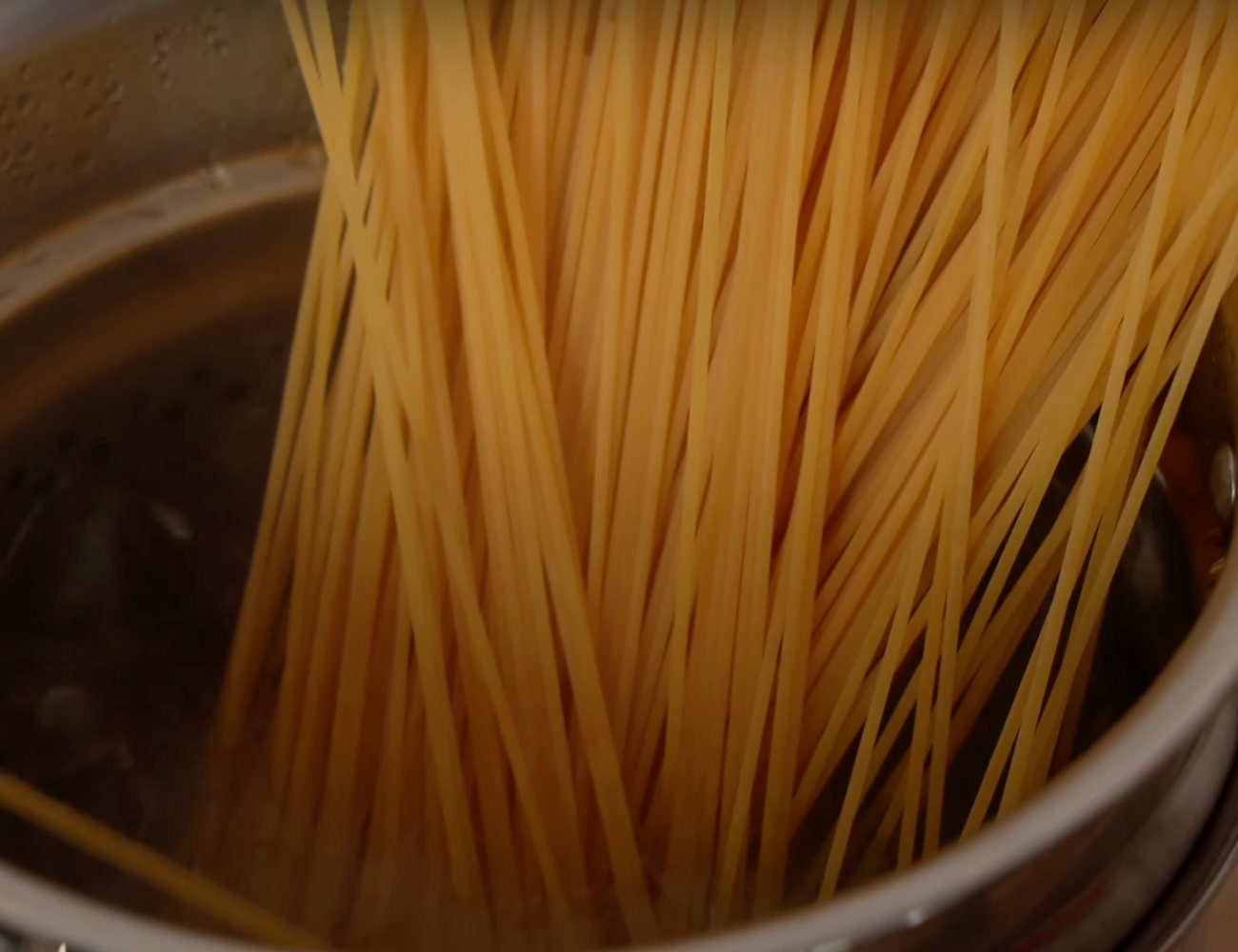

Energy Efficiency: Induction vs Gas
When it comes to energy efficiency, induction cooktops have a distinct advantage. They generate heat directly in the cookware, minimizing heat loss and reducing cooking times. As a result, they consume less energy, potentially lowering your energy bills and contributing to a more sustainable environment.
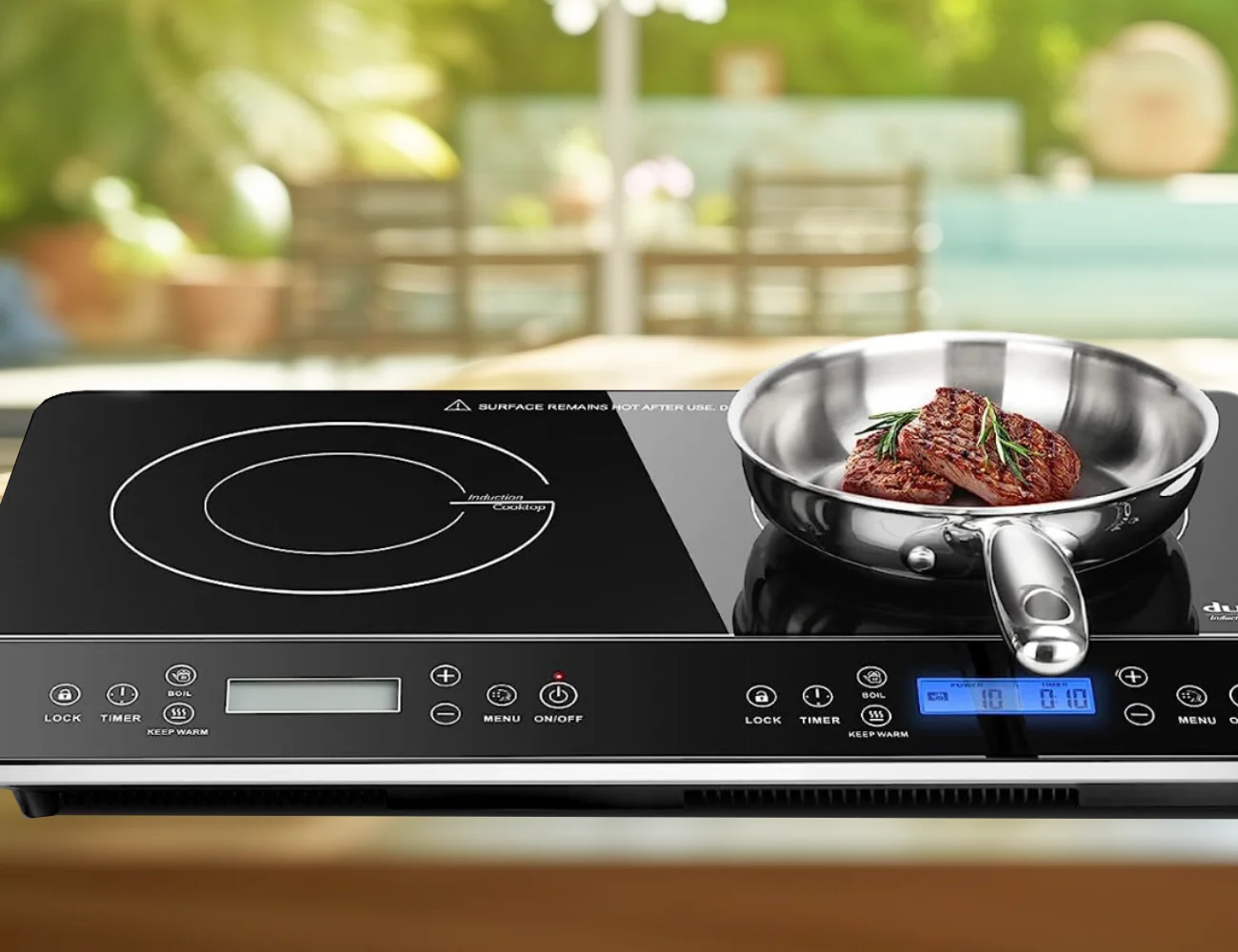

One of the main distinctions between gas and induction cooktops lies in their energy efficiency. Energy efficiency, in this case, is essentially how much of the energy produced by the cooktop is used to actually cook your food versus being lost to the surrounding environment.
Induction cooktops excel in this area. They use a magnetic field to directly heat your pots and pans, which means the energy they produce goes straight into cooking your food. Induction cooktops are typically about 90% energy efficient. This means 90% of the energy used goes directly into cooking the food, with only 10% wasted as residual heat.
On the other hand, gas cooktops are generally less efficient because they heat indirectly. They heat the air around the pot or pan, which then heats your food. Gas cooktops are about 50-60% energy efficient. This means that 40-50% of the energy is wasted, primarily as heat that dissipates into your kitchen. This can also contribute to a hotter kitchen, which might be uncomfortable while cooking and require more energy for cooling if you use air conditioning.
However, it’s worth noting that while induction cooktops are more energy efficient, the cost savings on your utility bill may not be as significant, depending on the relative costs of electricity and gas in your area. In some areas where electricity is expensive and natural gas is cheap, the running costs might be similar, even though gas cooktops use more energy.
Therefore, while choosing a cooktop, it’s important to consider both the energy efficiency of the unit and the cost of the utilities in your specific location. This can help you make an informed decision that balances both environmental concerns and operating costs.
Cleanup: Induction is a Breeze
Post-cooking cleanup is an often overlooked aspect of cooking. Induction cooktops, with their sleek and flat surface, make the task a breeze. Spills and splatters don’t burn onto the surface, making it easy to wipe down after cooking. Gas stoves, with their individual burners and grates, require more effort to clean as spills can often accumulate in hard-to-reach areas.
Induction vs Gas Cost: Short VS Long Term Investments
Finally, let’s talk dollars. Initially, gas stoves may seem lighter on the pocket, but induction cooktops could prove to be a smart long-term investment. With energy-efficient operation and fewer maintenance needs, the likes of Bosch induction cooktops offer a promising balance between cost and performance.
Initial Purchase and Installation Costs
Induction cooktops are generally more expensive to purchase than gas cooktops. A premium induction cooktop like the Bosch could run significantly higher than a comparable gas model (affiliate link). Additionally, if your home isn’t already equipped for electric cooking, you might need to factor in the cost of having a professional electrician install a new circuit. Of course, this can add to the initial cost. In contrast, gas cooktops are generally less expensive to buy, and if your home is already equipped with a gas line, the installation cost could be minimal.
Cookware Costs: Induction Cooktop Cookware
Induction cooktops will only work with certain cooktop materials. Induction cooktops work through a process called magnetic induction, rather than thermal conduction from a heat source. This is why they require specific types of cookware. When you turn on an induction cooktop, a coil beneath the surface generates a magnetic field. When you place a pot or pan that’s made of a magnetic material on top, the magnetic field induces electric currents in the pot’s metal, which generates heat and heats the food inside.
The most common materials that work with induction cooktops include:
- Cast Iron: This material works very well with induction cooking, as it has magnetic properties that allow it to heat up quickly and evenly.
- Stainless Steel: While not all stainless steel cookware is induction-compatible, many brands offer pots and pans with a magnetic grade of stainless steel, which works well with induction cooktops.
- Enamel Cast Iron: Much like regular cast iron, enamel cast iron also works well with induction cooking. It’s basically cast iron that’s been coated with enamel, which can make it more durable and easier to clean.
Remember, the key for induction cookware is that it must be made of a magnetic material. A simple test you can do at home to check if your cookware is compatible with an induction cooktop is to see if a fridge magnet sticks to the bottom of the pot or pan. If it does, then it should work on an induction cooktop.
If you don’t have induction-friendly cookware, that’s an additional initial cost you’ll need to factor in if you are buying a new induction cooktop.
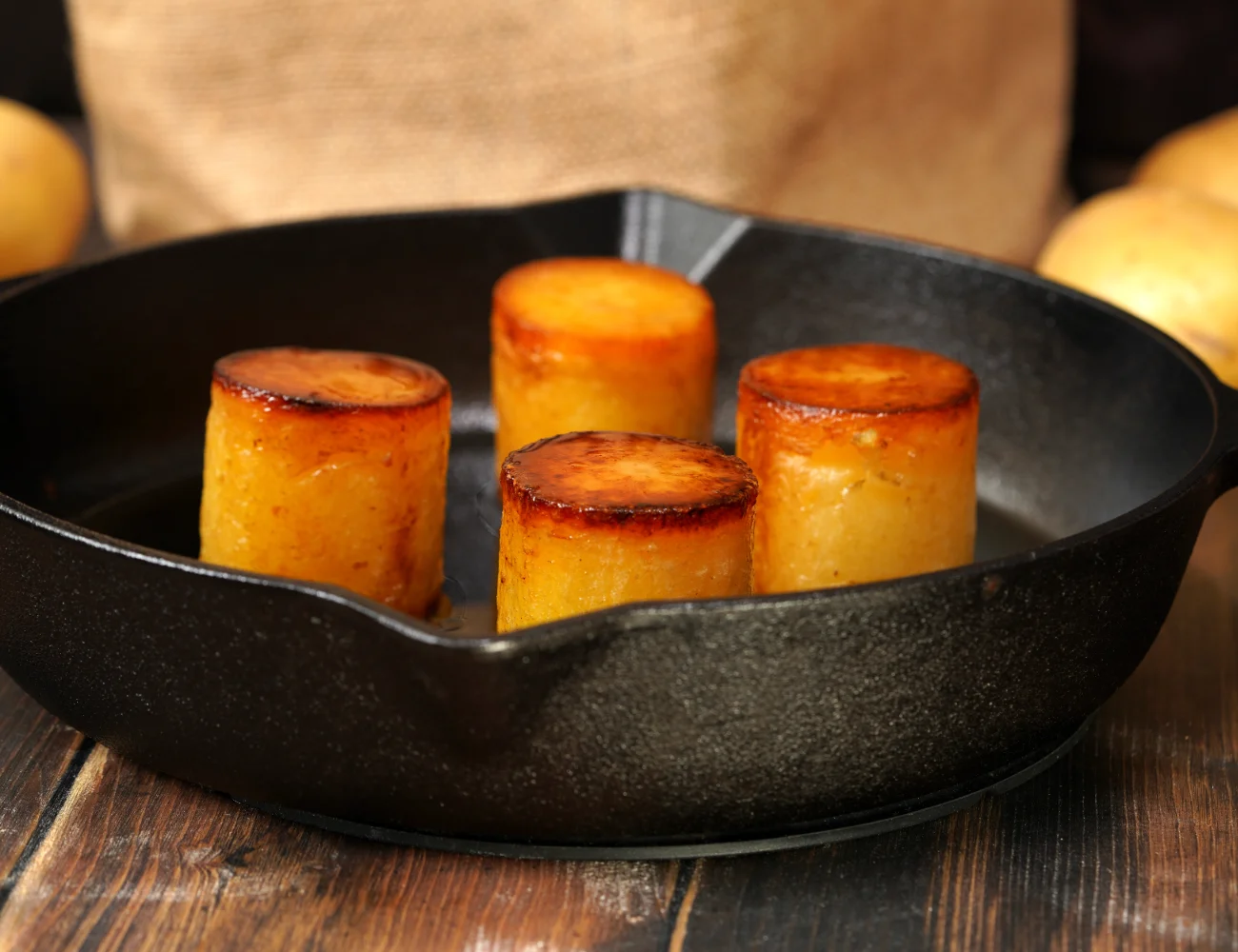

Operating Costs
As we’ve discussed, induction cooktops are more energy efficient than gas cooktops. However, the cost of operating your cooktop will depend largely on the relative cost of gas and electricity in your area. In some places, electricity is significantly more expensive than gas, which might offset the efficiency savings of an induction cooktop.
Maintenance Costs
Both gas and induction cooktops are relatively low-maintenance. However, if something does go wrong, repair costs for induction cooktops can be higher because they rely on more complex electrical components. On the other hand, gas cooktop repairs can be less costly, but they might occur more frequently over time due to the physical wear and tear on components like burners.
Long-Term Costs
Over time, the energy efficiency of an induction cooktop could lead to cost savings that offset the higher initial purchase price, particularly if you cook a lot. However, these savings may take several years to realize and will depend on the specifics of your utility costs and cooking habits.
Therefore, when considering the cost, it’s important to think about both the short-term and long-term financial implications. While induction cooktops might have a higher upfront cost, their energy efficiency could lead to cost savings in the long run. It’s always beneficial to do the math based on your personal situation and local utility costs.
Best of Both Worlds?
Even after choosing a cooktop, affordable countertop alternatives can supplement any features your chosen cooktop might lack. A portable induction cooktop is perfect for quick, high-heat tasks like boiling pasta water (affiliate link).
A portable gas grill/cooktop, such as the Iwatani Cassette Grill (affiliate link) that we use in the PIATTO™ kitchen can offer the fine-tuned heat control needed for delicate simmering or slow-cooking dishes.



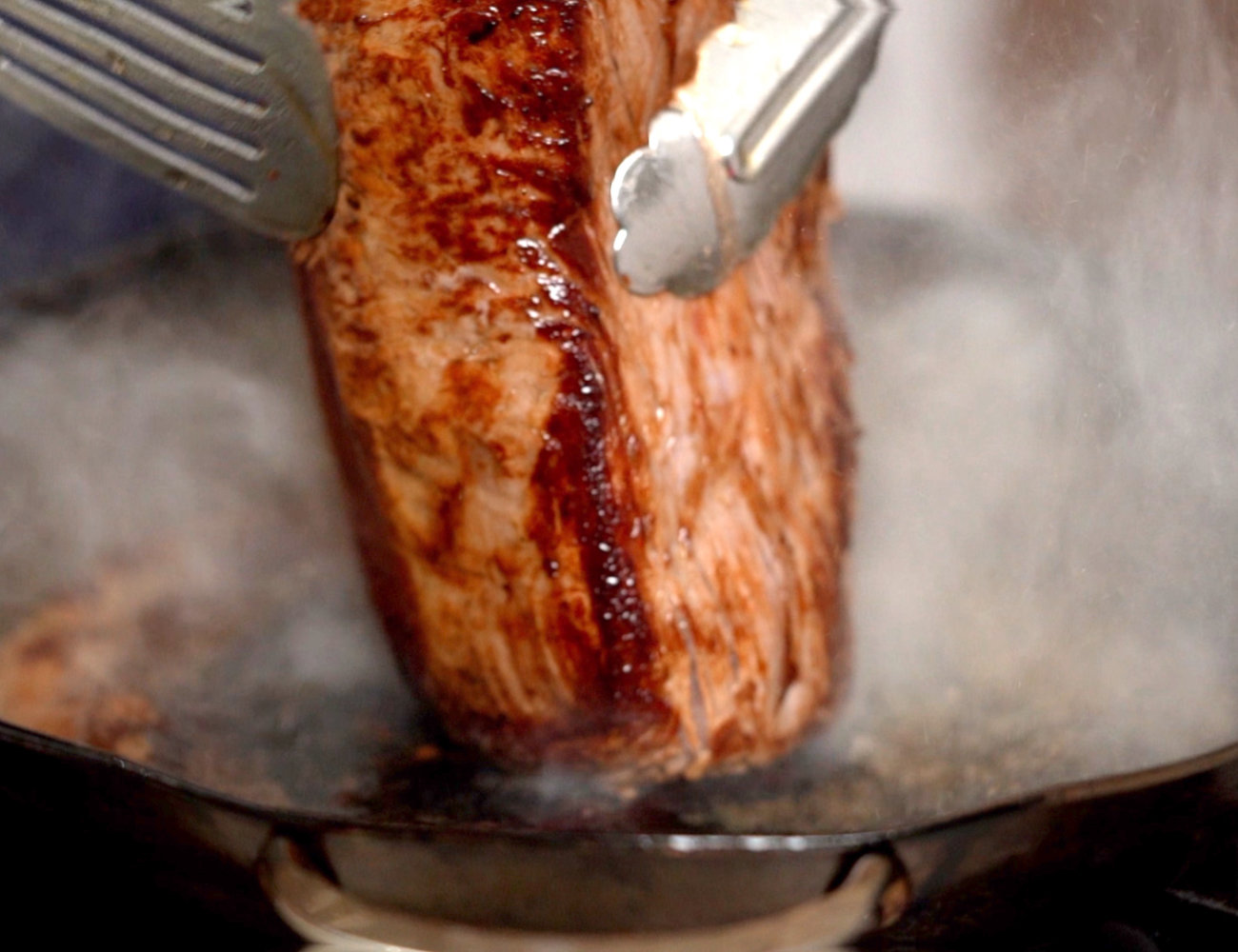

In conclusion, both induction and gas cooktops have their merits and drawbacks. Your ultimate choice depends on your cooking style, safety considerations, energy usage, cleanup preferences, and budget. Each cooktop can cater to specific culinary needs, promising to bring your gastronomic creations to life with aplomb.
As an Amazon Associate, we earn from qualifying purchases. This means at no extra cost to you, PIATTO may earn a small commission if you click the links and make a qualifying purchase.

